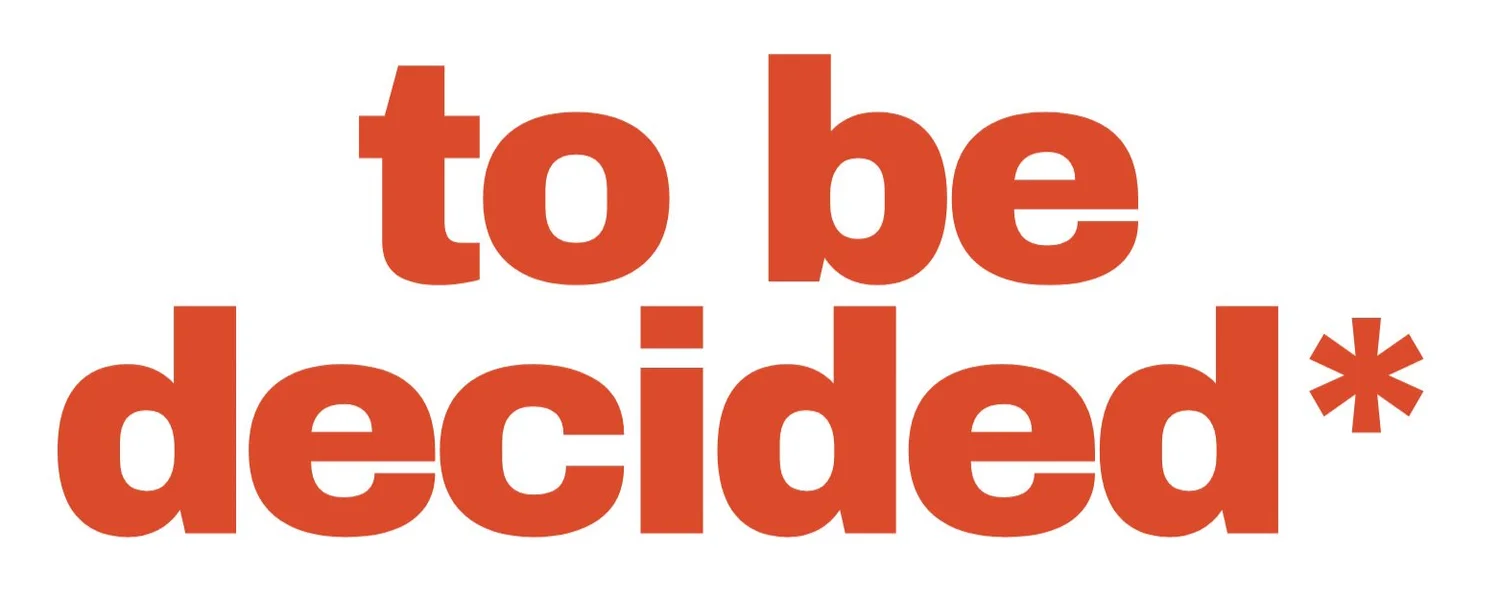Cicely Haggerty
Art History and Conservation, MA
Queens University
Unceded Haudenosaunee and Anishinaabek Territories
Abstract
In the catalogue for Black feminist artist, writer, and educator Howardena Pindell’s 2018 retrospective What Remains to Be Seen (Museum of Contemporary Art Chicago, 2018), curator Valerie Cassel Oliver describes her work as “a convergence on tensions between formalist and social concerns, [which] underscore the artist’s commitment to free-range experimentation in abstract and social responsibility” (116). Pindell’s abstract paintings are an obvious example of this convergence; her subversive use of the grid shifts it from a “formal device to an actionable device – one that expands into the tactile and becomes materialized, embodied, and mutable” (Beckwith, 94). However, as Naomi Beckwith observes, even in Pindell’s “autobiographical” works, “personal experiences and aesthetic processes acquire equal weight” (96). Throughout her diverse practice, Pindell has consistently utilized the language of formalism in strategic and alternative ways, to communicate messages about her existence as a Black woman, feminist, and artist. To borrow from Pindell, “the way one inhabits a set of circumstances has aesthetic implications.” Belated recognition, such as the 2018 retrospective, has reinforced Pindell’s significance within ‘70s and ‘80s feminisms in the arts. This paper builds on this recognition by showing how her work from these decades anticipates the more recent artistic and theoretical developments of Queer Formalism, Radical Formalism, and Surface Aesthetics. Queer and Radical Formalism work to reappropriate formalism, recognizing how aesthetic form can be a tool for subversion of art historical and art world conventions. Surface Aesthetics similarly rejects the idea that surfaces are “false” and that “truth resides in deep insights,” instead acting as an “analytic for considering how artists circumnavigate corporal limitation and resist over determined interpretations of their work” (McMillan). Although Queer and Radical Formalism and Surface Aesthetics may be critiqued for being “idealistic” or “unmoored from history,” connecting them to a longer history through Pindell’s work serves as a way to ground and contextualize the practices they encompass, which, importantly, “wrest representation from the heterosexist and racist mishandling of history” (Amin, Musser, and Perez, 231). Further, appropriating ideas from the traditional use of Formalism allows for alternative readings and potentials to be drawn from past and contemporary art alike.
